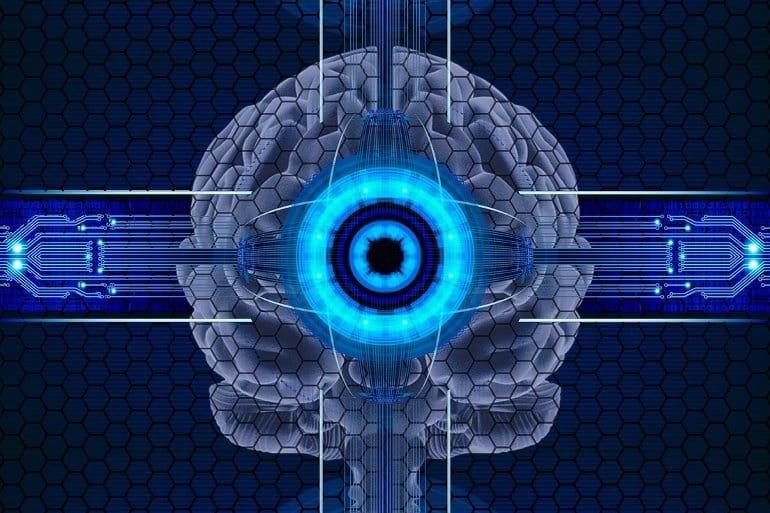
Is Brain Learning Weaker Than Artificial Intelligence? – Neuroscience News
Summary: Artificial neural networks based on human brain dynamics can outperform current deep learning models in learning capabilities.
Source: Bar-Ilan University
Traditionally, artificial intelligence stems from human brain dynamics. However, brain learning is restricted in a number of significant aspects compared to deep learning (DL).
First, efficient DL wiring structures (architectures) consist of many tens of feedforward (consecutive) layers, whereas brain dynamics consist of only a few feedforward layers. Second, DL architectures typically consist of many consecutive filter layers, which are essential to identify one of the input classes.
If the input is a car, for example, the first filter identifies wheels, the second one identifies doors, the third one lights and after many additional filters it becomes clear that the input object is, indeed, a car.
Conversely, brain dynamics contain just a single filter located close to the retina. The last necessary component is the mathematical complex DL training procedure, which is evidently far beyond biological realization.
Can the brain, with its limited realization of precise mathematical operations, compete with advanced artificial intelligence systems implemented on fast and parallel computers? From our daily experience we know that for many tasks the answer is yes! Why is this and, given this affirmative answer, can one build a new type of efficient artificial intelligence inspired by the brain?
In an article published today in Scientific Reports, researchers from Bar-Ilan University in Israel solve this puzzle.
“We’ve shown that efficient learning on an artificial tree architecture, where each weight has a single route to an output unit, can achieve better classification success rates than previously achieved by DL architectures consisting of more layers and filters. This finding paves the way for efficient, biologically-inspired new AI hardware and algorithms,” said Prof. Ido Kanter, of Bar-Ilan’s Department of Physics and Gonda (Goldschmied) Multidisciplinary Brain Research Center, who led the research.
“Highly pruned tree architectures represent a step toward a plausible biological realization of efficient dendritic tree learning by a single or several neurons, with reduced complexity and energy consumption, and biological realization of backpropagation mechanism, which is currently the central technique in AI,” added Yuval Meir, a PhD student and contributor to this work.
Efficient dendritic tree learning is based on previous research by Kanter and his experimental research team — and conducted by Dr. Roni Vardi — indicating evidence for sub-dendritic adaptation using neuronal cultures, together with other anisotropic properties of neurons, like different spike waveforms, refractory periods and maximal transmission rates.
The efficient implementation of highly pruned tree training requires a new type of hardware that differs from emerging GPUs which are better fitted to the current DL strategy. The emergence of a new hardware is required to efficiently imitate brain dynamics.
About this AI research news
Author: Elana Oberlander
Source: Bar-Ilan University
Contact: Elana Oberlander – Bar-Ilan University
Image: The image is in the public domain
Original Research: The findings will appear in Scientific Reports
This content was originally published here.

